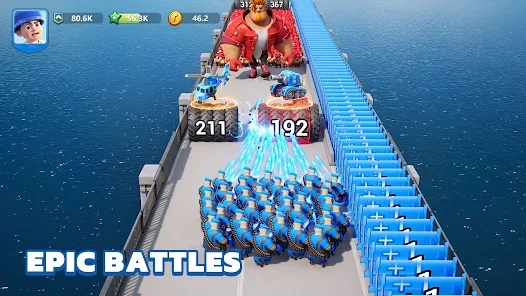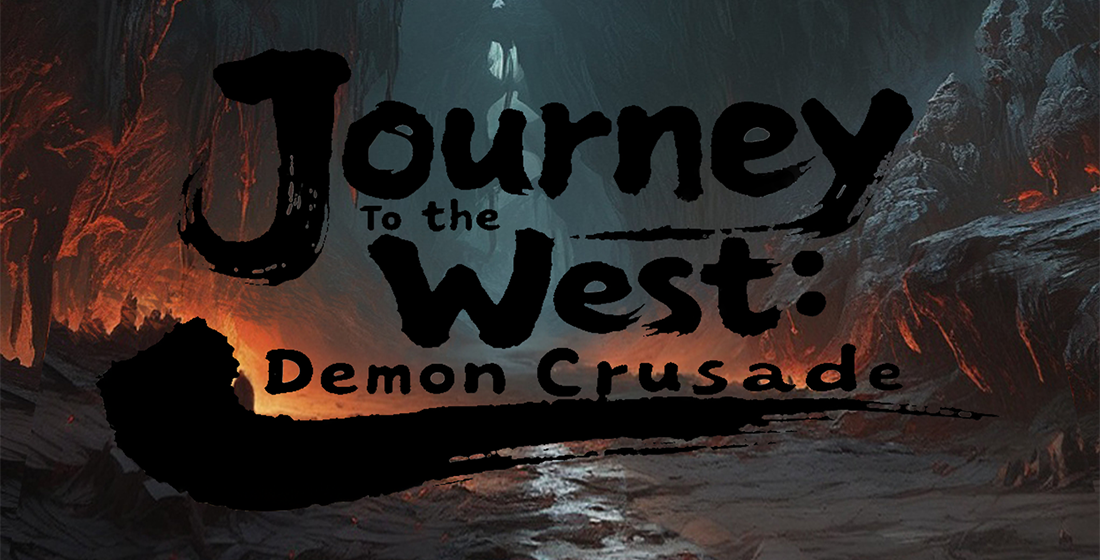Why Hyper Casual Games are Revolutionizing the Simulation Games Industry
In a world where gaming has become more than just a pastime, the evolution of different genres has opened doors to new experiences. Among these, hyper casual games have emerged as bright stars, transforming the landscape of simulation games. Their impact is felt deeply, changing not only how players engage but also how developers create.
The Allure of Hyper Casual Games
Hyper casual games bring a refreshing simplicity. They are designed for quick play sessions, making them accessible to anyone, anytime. Their one-tap controls and easy-to-understand mechanics provide instant gratification. It’s as if these games whisper to us, offering a delightful escape from reality, a “quick fix” if you will. Players, especially younger ones, crave this simplicity.
Simulation Games: What’s in a Name?
Simulation games traditionally dive into complex mechanics. They allow players to build worlds, manage resources, or even simulate lives. Titles like Clash of Clans beckon us to strategize and conquer. However, the question remains: Can hyper casual games incorporate these elements without overwhelming the player? The answer seems to be a resounding yes.
Bridge Between Genres
The merging of hyper casual elements into simulation games presents exciting opportunities. Imagine survival horror games on the PS5 where gameplay mechanics are simplified. Would it not heighten the experience, making even the most terrifying moments more engaging? Below is a brief outline of how hyper casual games are carving a niche in simulation games:
| Elements of Hyper Casual Games | Enhancements to Simulation Genre |
|---|---|
| Simplicity in Gameplay | Lowered Entry Barriers for New Players |
| Instant Gratification | Increased Player Engagement |
| Quick Play Sessions | Encourages Regular Participation |
| Puzzle-Solving Elements | Added Layers to Strategy |
Bringing Together Casual Gamers and Enthusiasts
The hyper casual paradigm draws in casual players, while simulation games usually attract a more dedicated crowd. As developers fuse these genres, they create a playground where both communities can thrive together. Social gaming dynamics have shifted, sparking interaction, competition, and friendships that transcend screens.
Key Takeaways
- Hyper casual games revolutionize player interaction, making it more inclusive.
- They provide pathways for new players into the simulation genre.
- Quick gameplay allows for heightened engagement without the time commitment.
- Developers are encouraged to innovate and think outside the box.
Conclusion
The fusion between hyper casual and simulation games isn’t merely a trend; it’s a testament to the evolving nature of gaming. As the lines blur, players find themselves in a rich tapestry woven from threads of simplicity and complexity. The result? A magical journey that keeps us enchanted. The revolution is here, and it’s both exciting and poetic.



